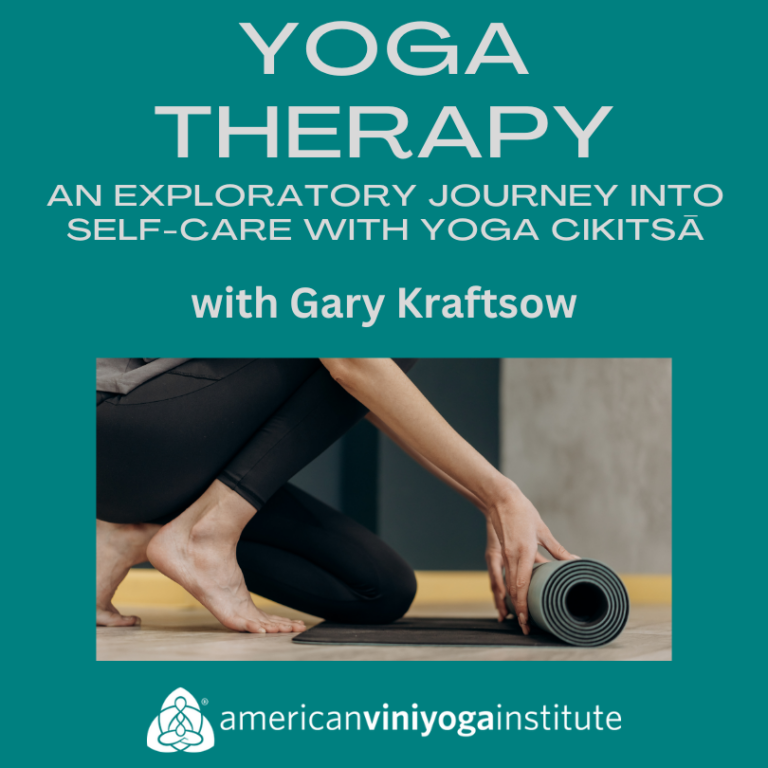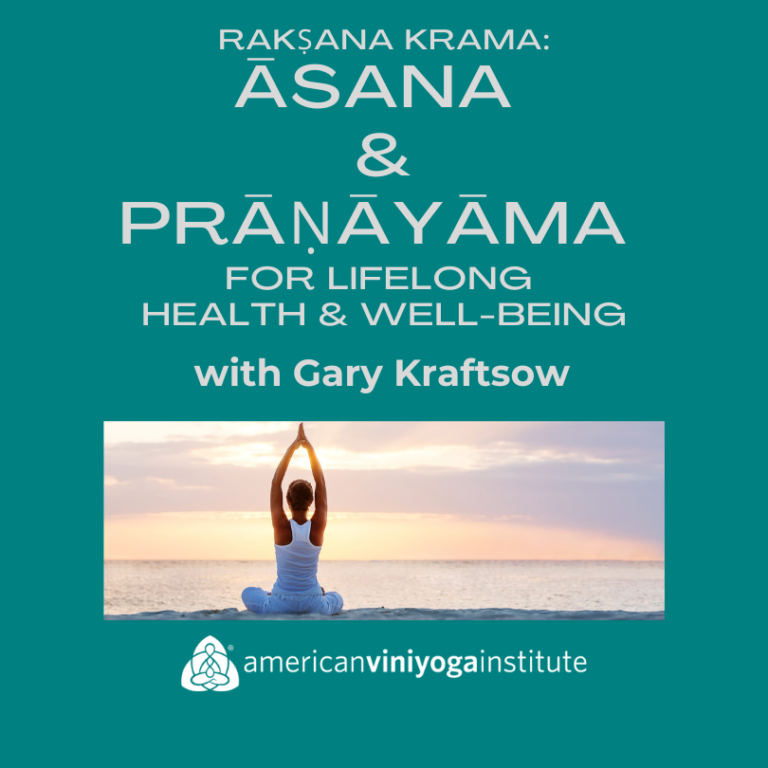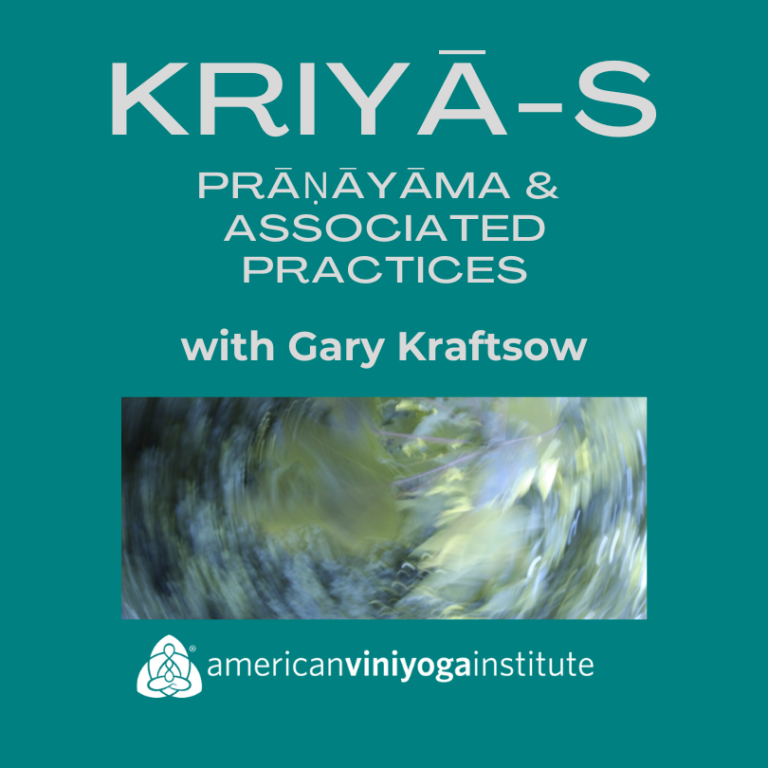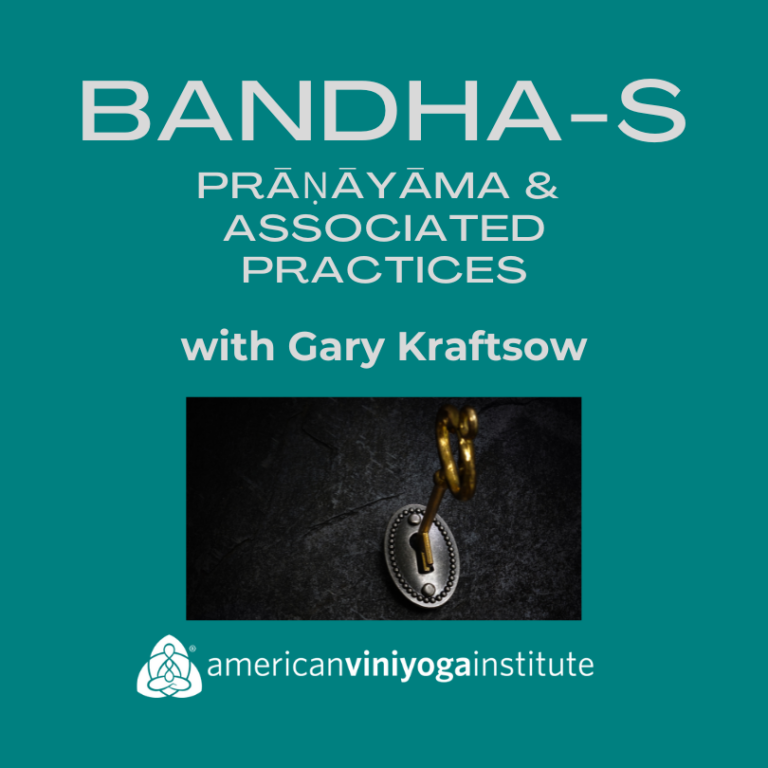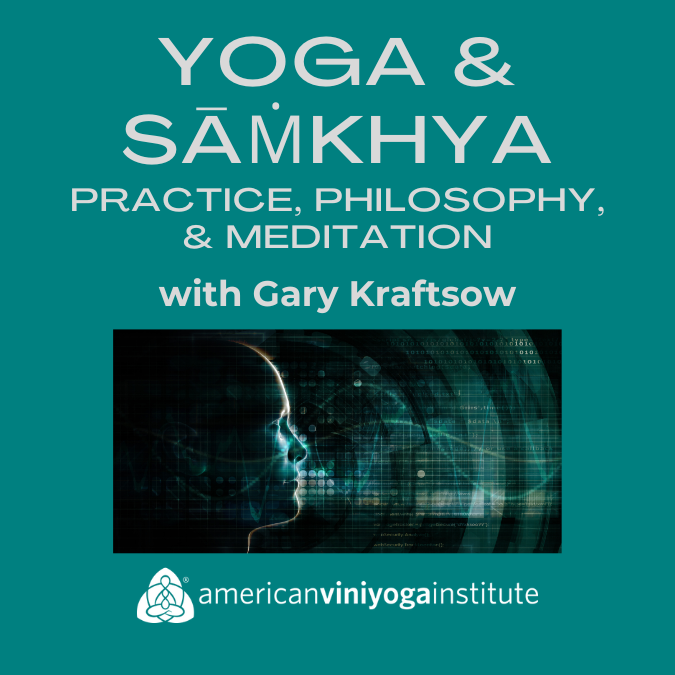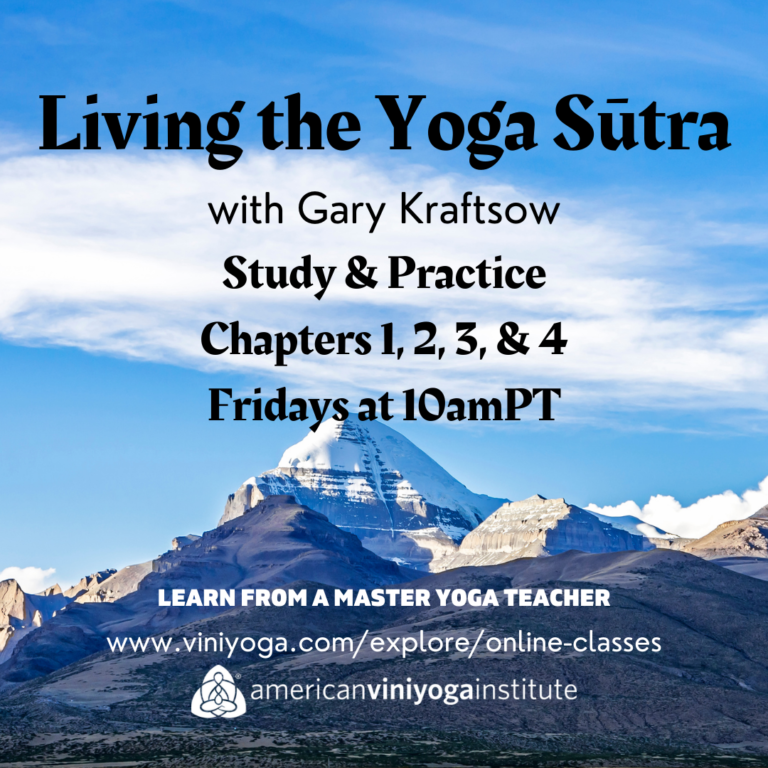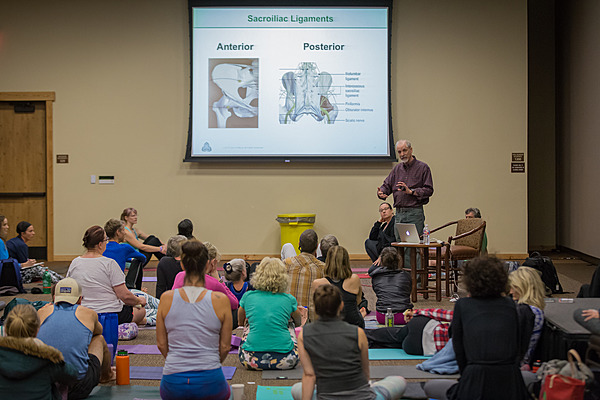Experience a Viniyoga class with
Gary Kraftsow right
in your own home.
The AVI Online Digital Library:
Over 200 recorded classes with
Gary Kraftsow & faculty.
Classes are hosted by union.fit.
The AVI Online Digital Library
with advanced Viniyoga classes led by
Master teacher, Gary Kraftsow, Founder and Director of the American Viniyoga Institute
and beginner/intermediate Viniyoga classes (Discover Viniyoga)
led by experienced Viniyoga teachers.
Yoga Therapy for Physiological Issues
An Exploratory Journey into Self-Care with Yoga Cikitsā. Yoga Therapy uses the tools of āsana, prāṇāyāma, mantra japa, and meditation to promote balance, integration, and healing. Your journey will cover a broad…
Rakṣana Krama: Āsana and Prāṇāyāma for Lifelong Health and Well-Being
Conceived by Nāthamuni as one of the most important orientations in personal practice that utilizes the tools of āsana and prāṇāyāma, rakṣana krama is designed to protect our health as we move through time and space…
Kriyā-s: Prāṇāyāma and Associated Practices
Kriyā-s are cleansing exercises usually practiced in association with prāṇāyāma. Kriyā-s are traditionally practiced after āsana, before prāṇāyāma. In this series of practices, we will work with these powerful techniques, learning how to use them correctly in…
Bandha-s: Prāṇāyāma and Associated Practices
Bandha-s – which can be translated as locks– are practiced in association with prāṇāyāma. They are powerful tools developed in the context of Tantric Yoga, designed to accelerate the action…
Yoga & Sāṁkhya: Practice, Philosophy, & Meditation
There is an inseparable relationship between Sāṁkhya and Yoga. Sāṁkhya presents a philosophical understanding of the true nature of all existence, enumerates and explains the constituent parts of the created,…
Yoga Therapy for Structural Issues
An Exploratory Journey into Self-Care with Yoga Cikitsā. Yoga Therapy uses the tools of āsana, prāṇāyāma, mantra japa, and meditation to promote balance, integration, and healing. Your journey will cover a broad…
Yoga for Wellness
Heal with the Timeless Teachings of Viniyoga: simple but powerful Viniyoga āsana & prāṇāyāma for health & well-being. Join Master teacher, Gary Kraftsow, for fundamental yoga classes in the Viniyoga tradition…
Living the Yoga Sutras
Patañjali is said to be the incarnation of Ananta, also known as the Nāgarāja. Tradition explains that Patañjali incarnated in response to the prayers of his devotees to be freed from suffering. He is said to have…
Mentorship Saṅgha
Patañjali is said to be the incarnation of Ananta, also known as the Nāgarāja. Tradition explains that Patañjali incarnated in response to the prayers of his devotees to be freed from suffering. He is said to…

